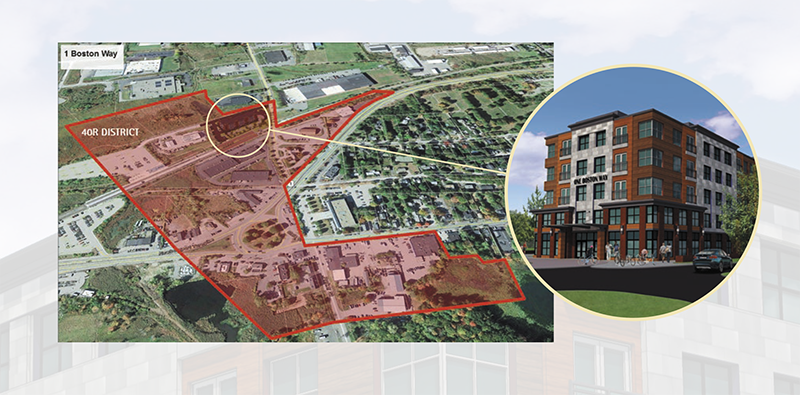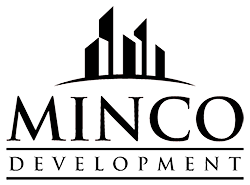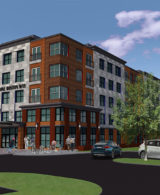How Newburyport’s Master Plan promotes Smart Growth zoning

No word embodies the Newburyport 2014 Master Plan better than Smart Growth. The idea of creating walkable, vibrant neighborhoods close to transportation and town centers runs like a thread through the chapters of the new Master Plan. Whether you look at the goals for housing, economic development, energy and sustainability, or land use, various aspects of Massachusetts 40R Smart Growth zoning apply.
The plan even includes a stated desire to create a Smart Growth Zoning Overlay District near the MBTA Commuter Rail station as part of an effort to revitalize the area around the Route 1 rotary, often referred to as “the gateway to Newburyport.”
A proposal by the MINCO Corporation promises to do just that – and it’s receiving nods of approval from key city officials. MINCO’s Smart Growth initiative – One Boston Way – includes approximately 80 apartments and 3,500 square feet of office space and live/work units in an underutilized parking lot off Parker Street by the train station. The proposal also secures 9 acres of open space.
Mayor Donna Holaday, who learned of Smart Growth as a city councilor and has been a proponent ever since, said of the proposal, “I’m really excited that it’s finally here and that we can truly do a Smart Growth project and a 40R.”
Before we go any further, let’s look at the exact language of the Smart Growth zoning statute. Established in 2004 as a housing development tool, Chapter 40R is defined as:
“…a principle of land development that emphasizes mixed land uses, increases the availability of affordable housing by creating a range of housing opportunities in neighborhoods, takes advantage of compact design, fosters distinctive and attractive communities, preserves open space, farmland, natural beauty and critical environmental areas, strengthens existing communities, provides a variety of transportation choices, makes development decisions predictable, fair and cost-effective, and encourages community and stakeholder collaboration in development decisions.”
The antitheses of urban sprawl, Smart Growth initiatives often come with a tagline, “Live, Work, Play,” which speaks to the goal of creating interconnected communities that rely less on long commutes and runs to the mall and more on public transit and buy local. To Holaday, it’s not unlike Newburyport today.
“I think that’s what Newburyport is loved for,” she said. “When I talk to people who’re moving in they say the city is so walkable, the downtown so beautiful, and everything so accessible.”
Holaday continued, “Smart Growth creates the kind of communities that people are looking for today where you don’t have to use cars, that are walkable and bikeable, and where you have resources within a geographic area that are convenient to them.”
The community at large voiced its support for Smart Growth in a series of public meetings that kicked off early last year. A policy guide and a framework for future land use and development, the Master Plan spells out the vision of the community. The 2001 Master Plan was summed up by the slogan, “Shaping Our Future, Honoring Our Past.” If there’s one theme that shapes the thoughts of the 2014 Master Plan, it is Smart Growth, said Planner Kate Newhall-Smith.
“Smart Growth is a theme that runs through all the various chapters of the Master Plan,” Newhall-Smith said.
Although the final version of the new Master Plan is still being drafted and will be presented to the public in May, a Power Point presentation of the chapters on housing as well as energy and sustainability include goals that should ring true to anyone familiar with the One Boston Way project. For example, the Master Plan emphasizes the need to increase the variety of housing by modifying zoning regulations; promoting creative housing development such as live/work options; meeting the city’s housing goals through Smart Growth developments; and protecting open space through cluster zoning.
“You’ve got to have housing that’s supportive of the economy,” said Planning Board Chairman Jim McCarthy. “Young people don’t want 2 acres of land anymore.
“There’s a demographic shift supporting denser developments, the state is supporting it; there are a lot of things coming together to make it viable.”
So, what’s next?
The city will within the next few days submit the 40R application to the state Executive Office of Housing and Economic Development for review and approval. A public hearing will be held May 6, provided the review has been completed. The final City Council vote should take place in early June.
Said Holaday, “The state has made very positive comments about the ordinance and the work we’re doing so we’re very excited about this.”
To learn more about One Boston Way read, “One Boston Way: The Details of the Smart Growth Proposal.“



